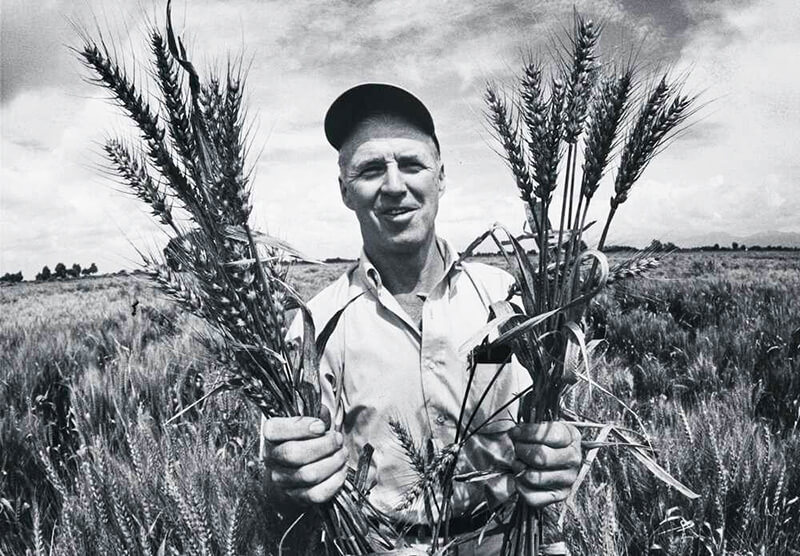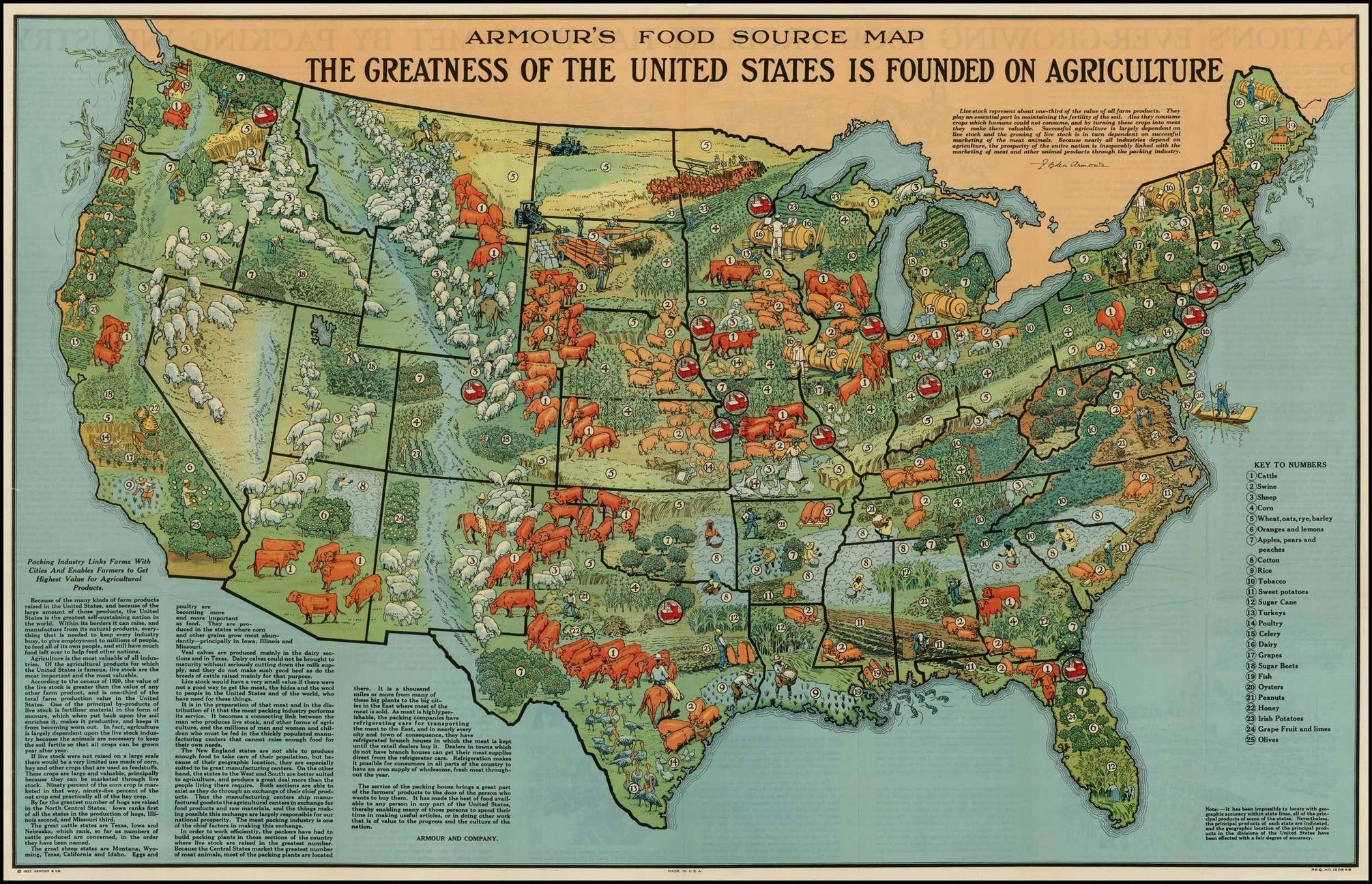
The Green Revolution
Evaluate the agricultural advances of the Green Revolution, discover the contributions of Norman Borlaug, and discuss the impacts of this era from an economic, social, political, and environmental perspective by watching the 2020 PBS film, The Man Who Tried to Feed the World.
